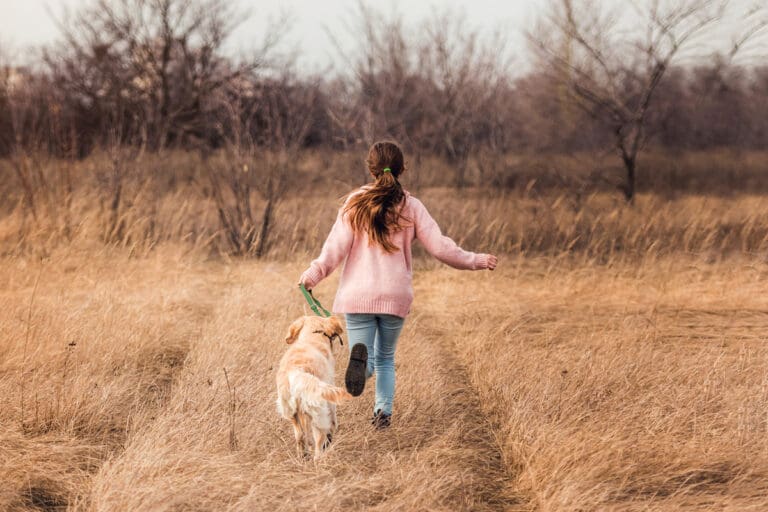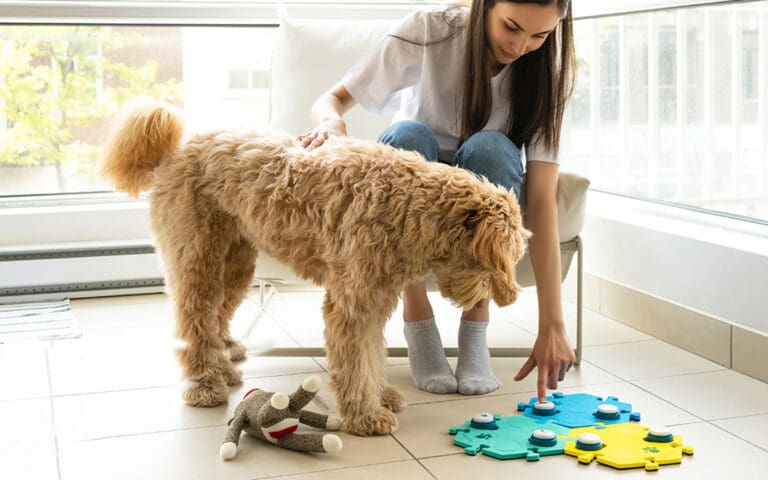Being a responsible dog owner involves knowing and practicing the essentials of proper pet etiquette and care. From picking up after your dog to ensuring regular exercise and medical care, these practices not only benefit your pet but also contribute to a harmonious community.
This article outlines ten important guidelines every dog owner should follow to ensure their furry friends are happy, healthy, and well-adjusted.
10. Always Pick Up After Your Pup
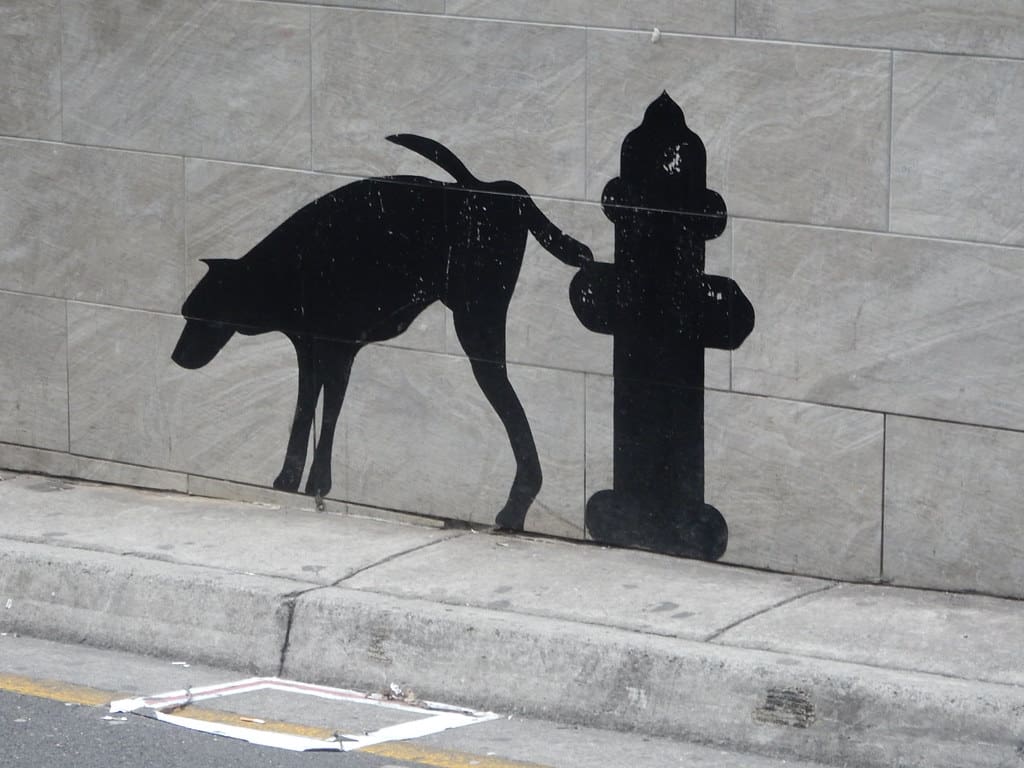
Responsible dog owners know the importance of scooping the poop. It’s not just about being courteous; it’s a health and environmental necessity. Dog waste can take up to a year to break down, contaminating water sources and spreading diseases. Always carry waste bags and dispose of them properly to keep our communities clean and safe.
9. Never Let Your Dog Approach Others Without Permission
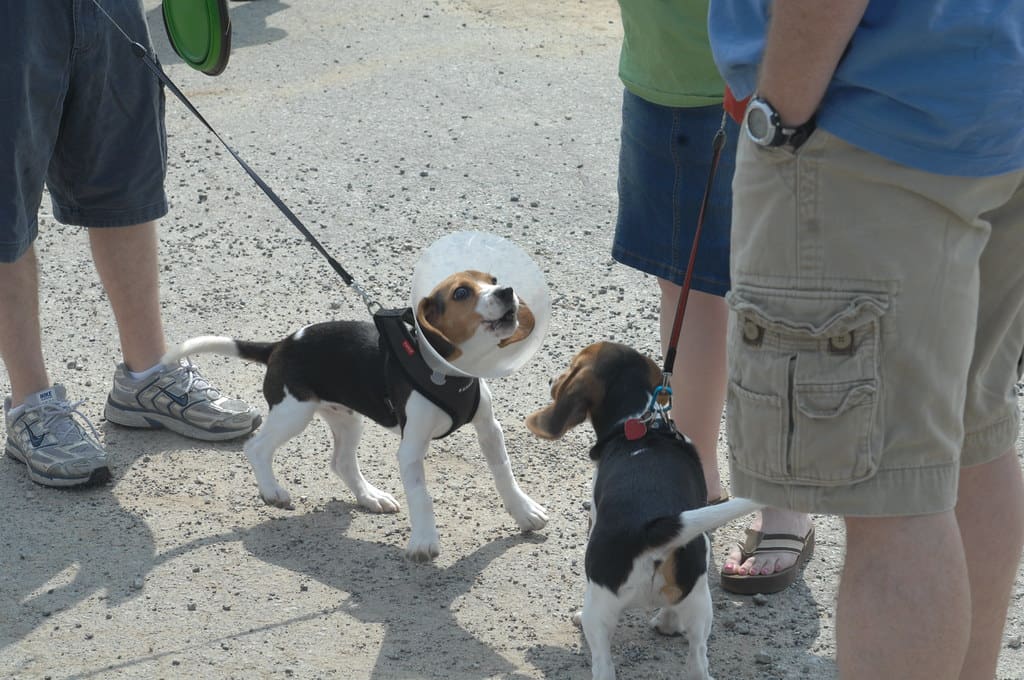
Always ask before allowing your dog to greet strangers or other dogs. Not everyone is comfortable around dogs, and some may have allergies or phobias. Additionally, other dogs might be reactive or in training. Respect others’ space and preferences to ensure positive interactions for everyone involved.
8. Keep Your Dog on a Leash in Public Areas
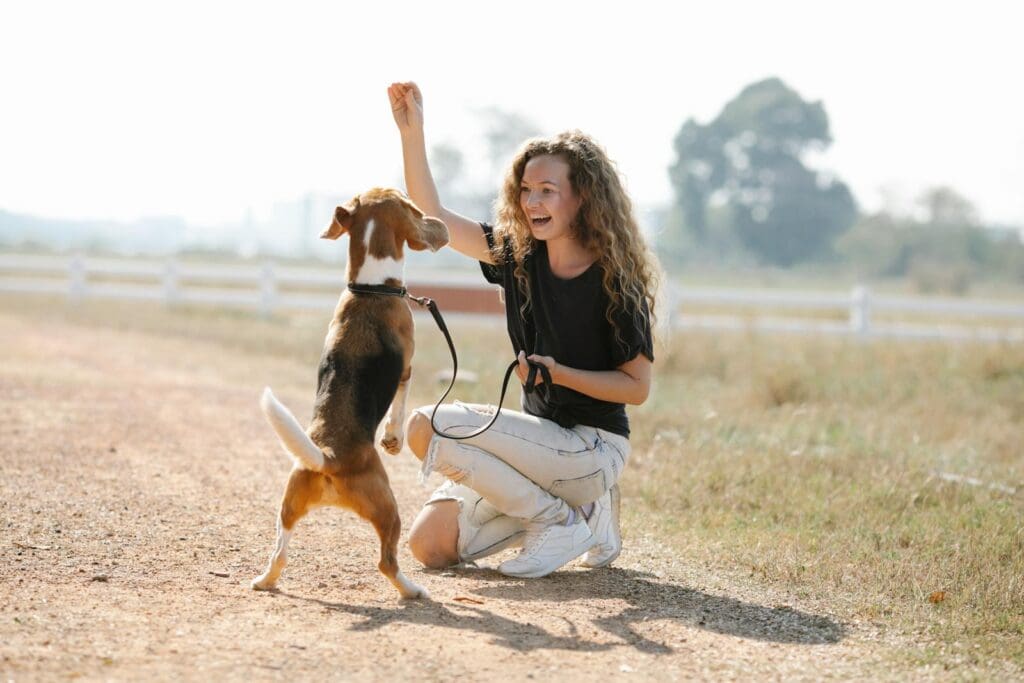
Most states require dogs to be leashed in public spaces, with fines for violations. Even in areas without explicit laws, it’s courteous and smart to leash your dog. Some places, like Washington D.C., limit leash length to 4 feet. Always check local regulations before letting your pup roam free.
7. Don’t Leave Your Dog Unattended for Long Periods
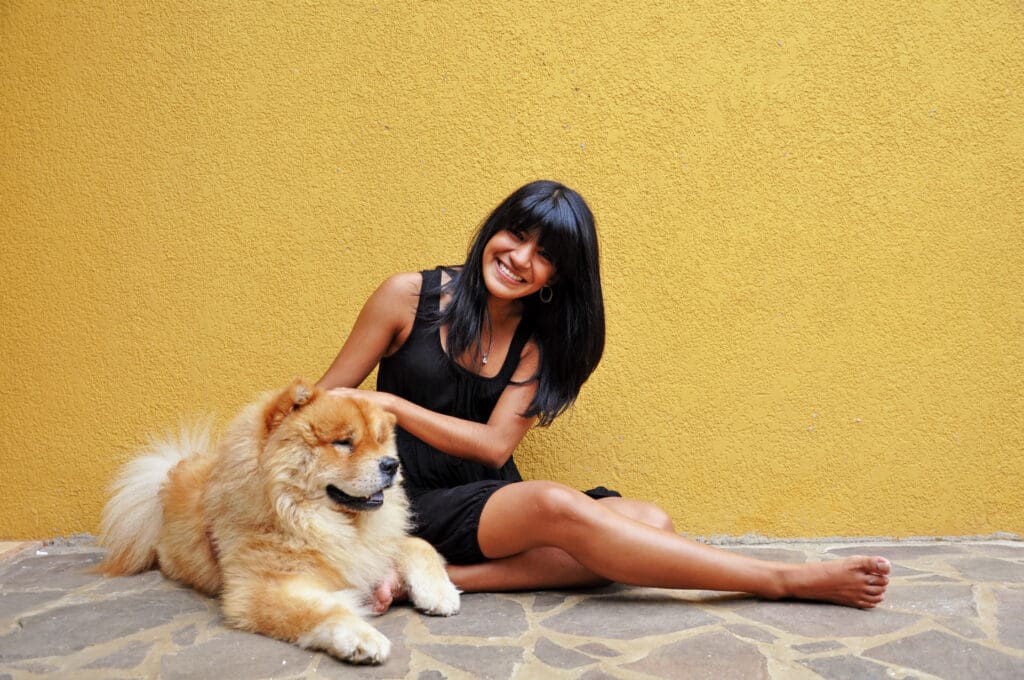
While it’s tempting to leave your furry friend home alone all day, experts recommend limiting solo time to 4-6 hours for adult dogs. Puppies need even more frequent attention. Extended periods of isolation can lead to anxiety, destructive behavior, and physical discomfort. Consider dog walkers, daycare, or coming home during lunch to break up long stretches alone.
6. Respect Others’ Space During Walks
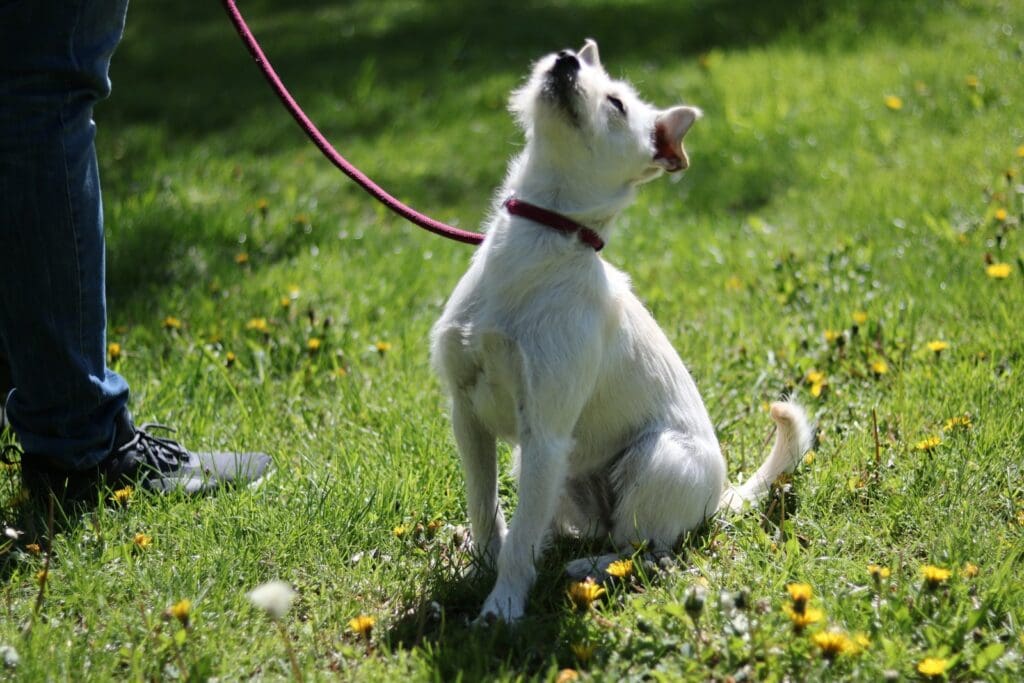
Always keep your dog leashed and under control during walks. Don’t let them approach other dogs or people without permission. Be mindful of others’ property, avoiding lawns and gardens. Pick up after your pet and dispose of waste properly. Move aside for joggers or cyclists, and give space to those who seem uncomfortable around dogs.
5. Avoid Excessive Barking in Shared Spaces
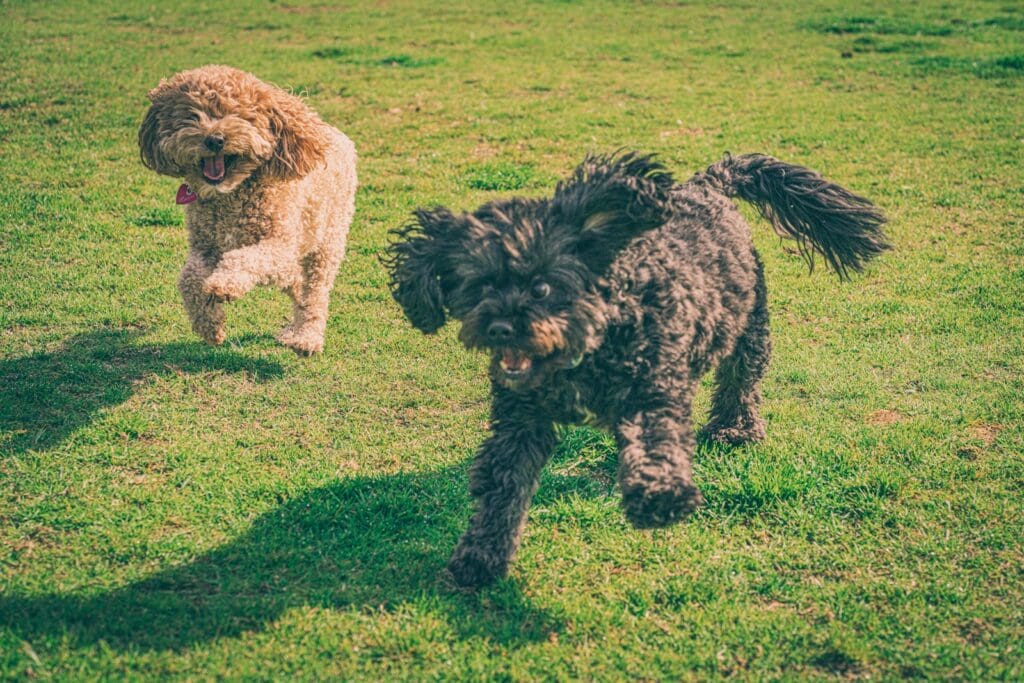
Excessive barking in shared spaces is a no-no for responsible dog parents. While it’s natural for dogs to bark, prolonged noise can disturb neighbors. Train your pup to respond to a “quiet” cue and address underlying causes of barking. Consider using positive reinforcement techniques to encourage calm behavior in public areas.
4. Socialize Your Dog Early and Often
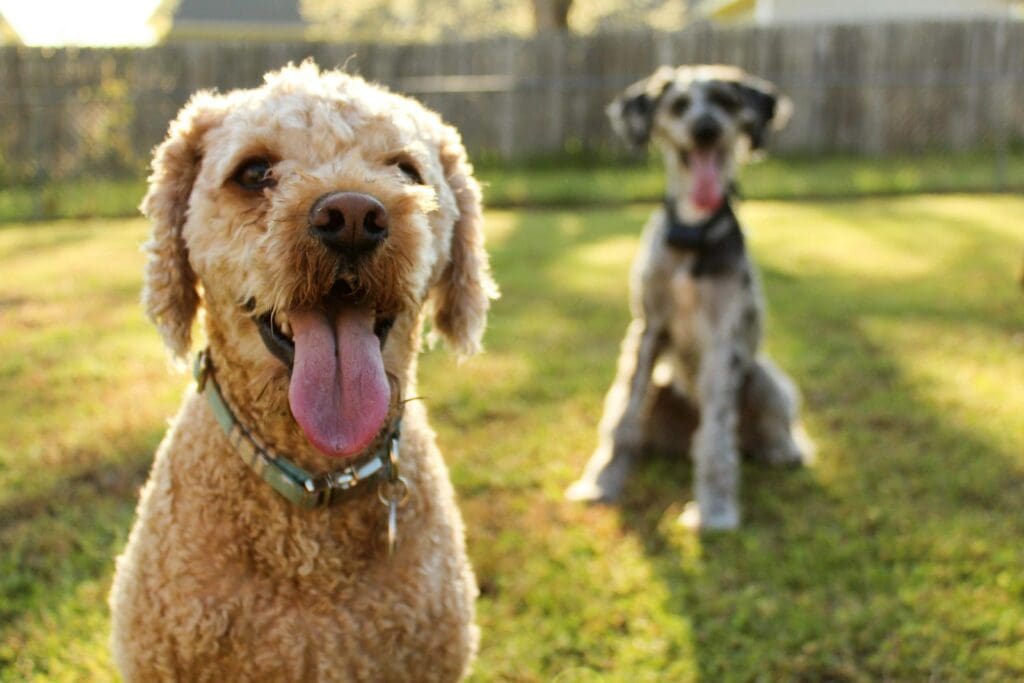
Proper socialization is crucial for raising a well-adjusted dog. Expose your pup to various people, animals, and environments during their critical socialization period (3-16 weeks). Regular positive interactions help prevent fear and aggression, fostering confidence in new situations. Don’t skip this vital step in your dog’s development.
3. Don’t Feed Your Dog from the Table
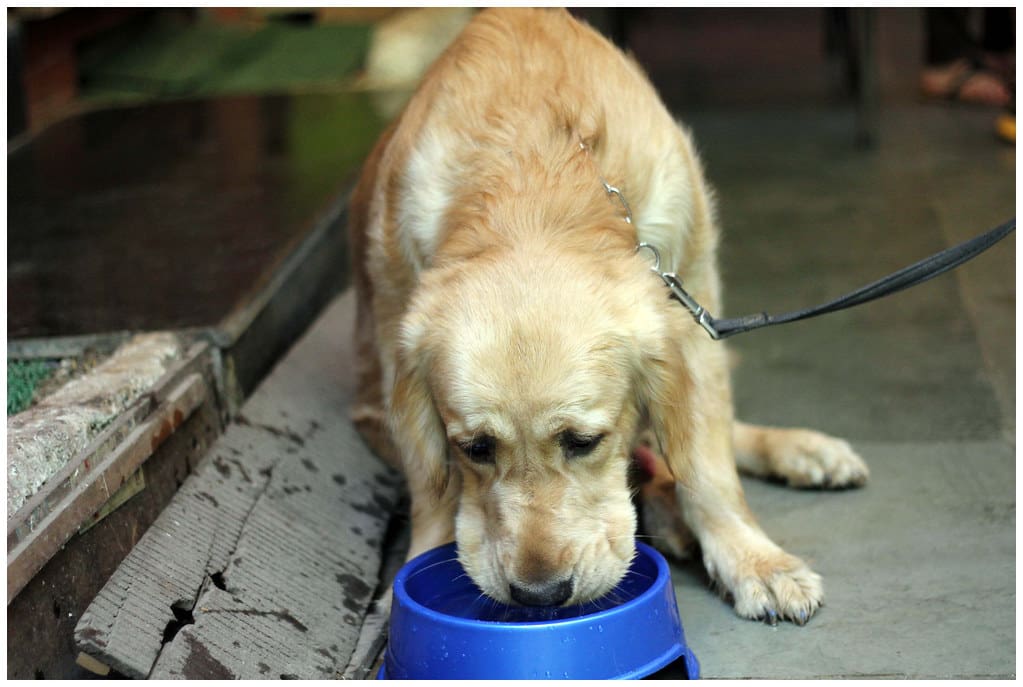
Feeding your dog table scraps can lead to obesity, digestive issues, and begging behavior. It may also expose them to harmful foods like onions, garlic, and chocolate. Instead, stick to a balanced diet of dog-specific food and treats. If you want to give your pup a special treat, opt for dog-safe fruits or vegetables in moderation.
Read More: Tips for Leash Training Your New Pup
2. Provide Regular Exercise and Mental Stimulation
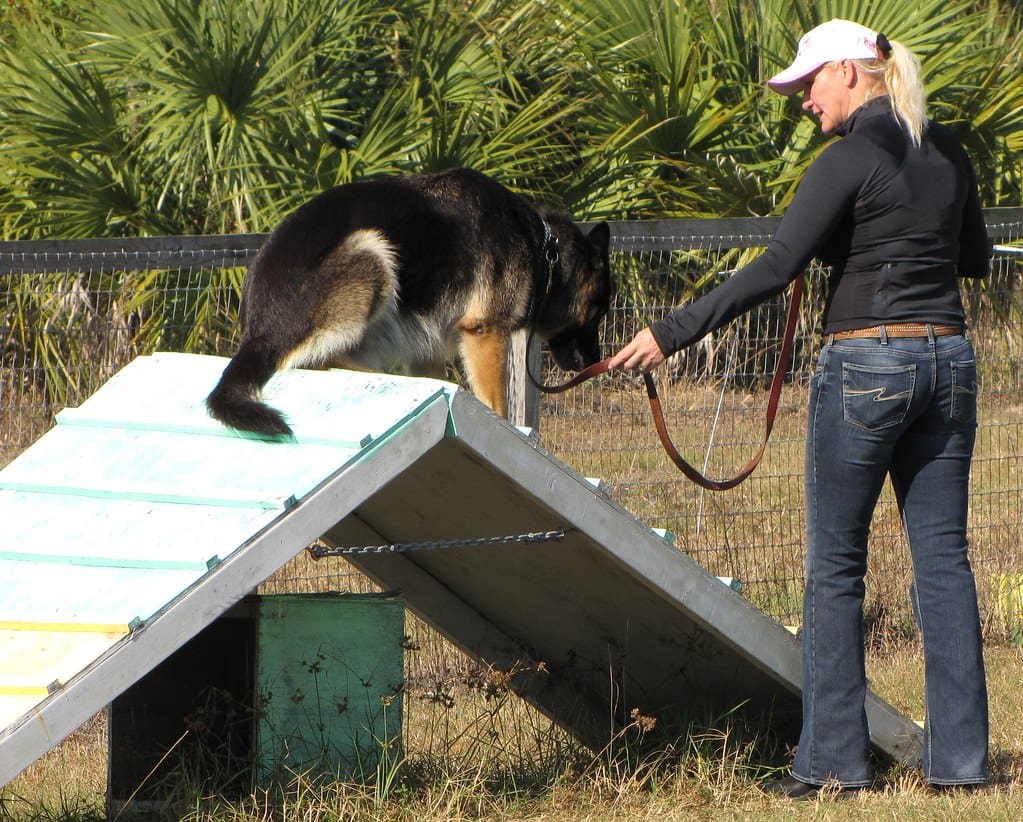
Daily walks and playtime are essential, but mental stimulation is equally crucial. Puzzle toys, training sessions, and interactive games keep your dog’s mind sharp and prevent boredom-induced destructive behaviors. Aim for a balance of physical and mental activities to ensure a happy, well-adjusted pup.
Read More: 10 Things You Do That Your Dog Hates
1. Keep Up with Veterinary Care and Vaccinations
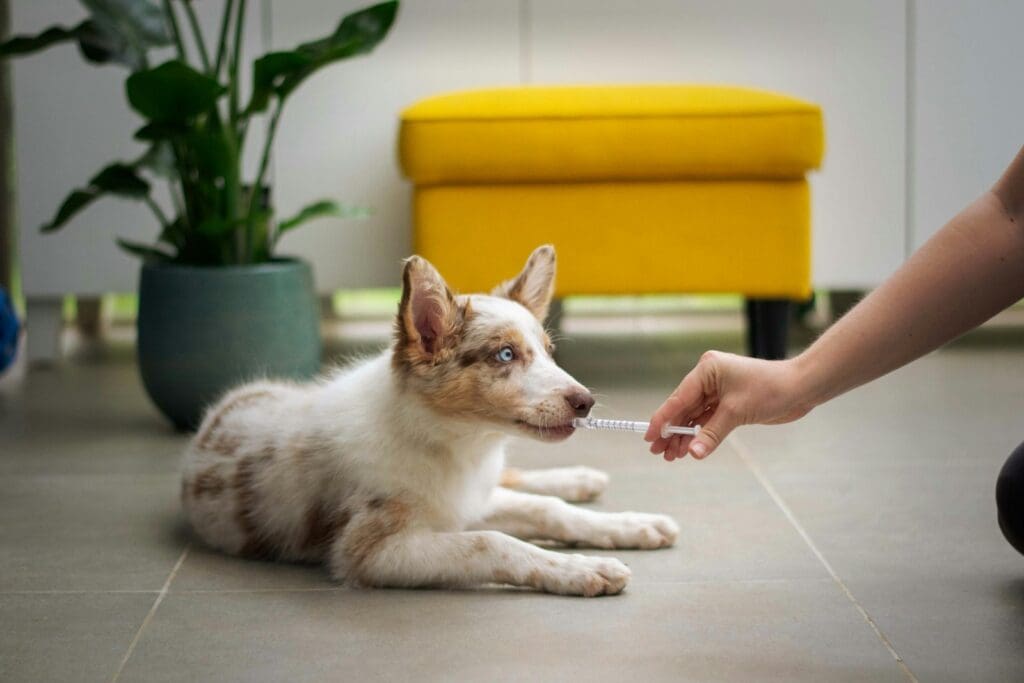
Regular vet visits and vaccinations are crucial for your dog’s health. Aim for annual check-ups and follow the recommended vaccination schedule, including core vaccines like DHPP and rabies. Stay on top of parasite prevention and keep your pet’s medical records updated. Don’t skip appointments, even if your dog seems healthy.
Read More: 10 Ways to Cut Dog Care Costs Without Compromising Quality


